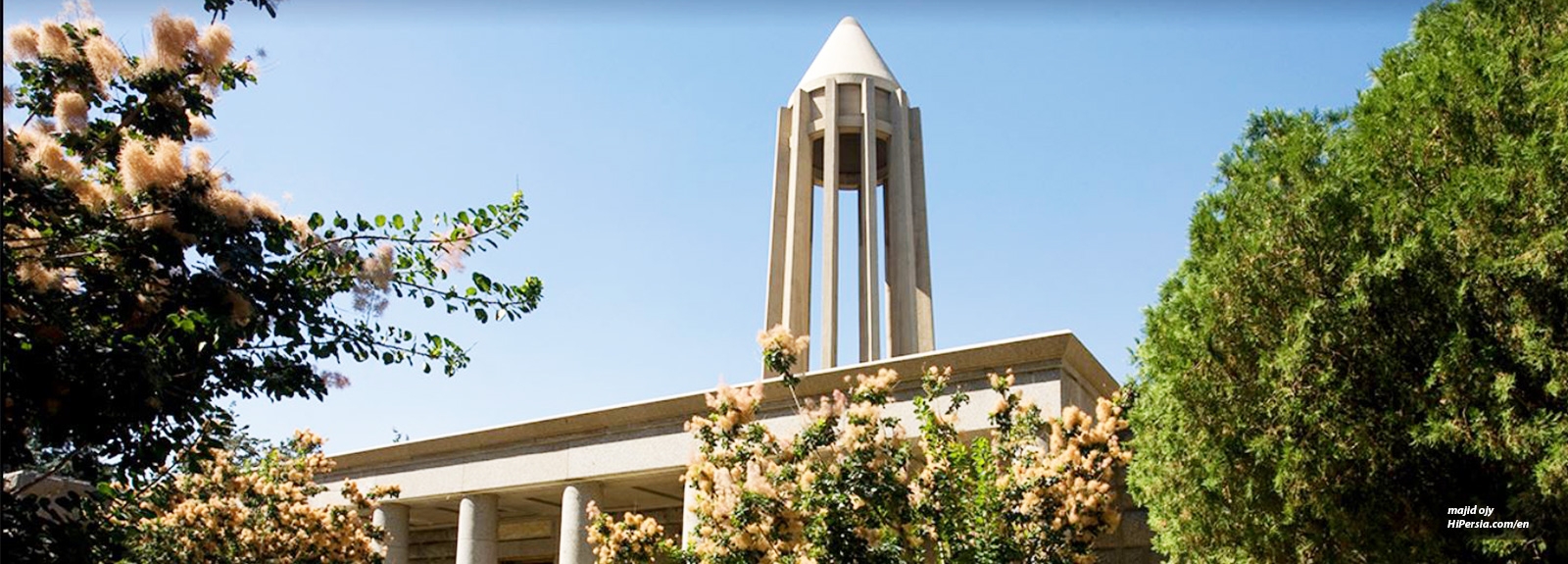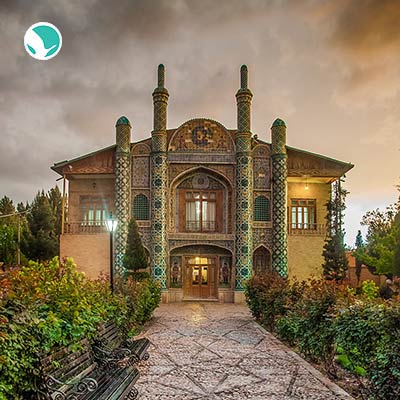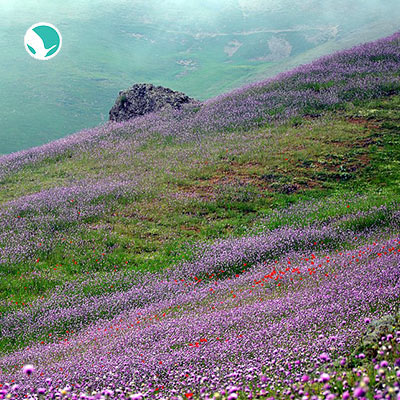



Avicenna was a persian philosopher and professor of medicine in his era. He assisted greatly to the advancement of science in the world.
Avicenna was a Persian polymath who is considered one of the most significant physicians, astronomers, philosophers, and authors of the Islamic Golden Age. Avicenna was born in 359 AH, Bukhara, and died in 416 AH, Hamadan. He wrote the Canon of Medicine book, which is one of the most famous relics of medical history. Sheikh Abusaeid is the best friend and student of Avicenna, that the alongside Avicenna.
The first tomb building was a Chahartaq mansion (an architectural unit consisting of four pillar vaults and a dome) that was destroyed gradually. In the Qajar era, a prince named Negar Khanoom ordered to repair the building. Instead of this old Chahartaq, she ordered the construction of a new building and a brick dome. During the Mohammad Reza Pahlavi era, they decided to create a new building for the Avicenna tomb. Among the variety of architectural ideas, Hooshang Seyhoun's design was chosen.
The original idea of this tomb was taken from the Gonbad-e Kavus. Of course, there are many differences between these two tombs. One of the apparent differences of the Ibn Sina tomb and Gonbad-e Kavus is the pillars. The Gonbad-e Kavus has ten pillars and the Ibn Sina tomb has 12 pillars. These twelve pillars actually describe the knowledge of Ibn Sina. Ibn Sina Tomb is half the dimensions of Gonbad-e Kavus.

The Ibn Sina Tomb has two halls (north and south). The northern hall is currently used as a museum. This museum has an extensive collection of millennium BC and the Islamic eras, such as coins, potteries, bronze objects, and other objects unearthed from mentioned eras.
The city of Hamedan is located in the mountainous areas of the country and on the slopes of Mount Alvand. So, the weather is cold. If you decide to visit Hamadan, we recommend you travel there in the middle of spring until late summer.
You can use public transport to access the Ibn Sina Tomb. The best way to get there is by bus. The city's buses stop there. So, you should get off at this station to visit there. The museum entrance fee for foreign passengers is 200,000 IRR.






“Oh! Squander not this breath that Heaven hath lent thee, Nor make too sure another breath to borrow!’” Khayam